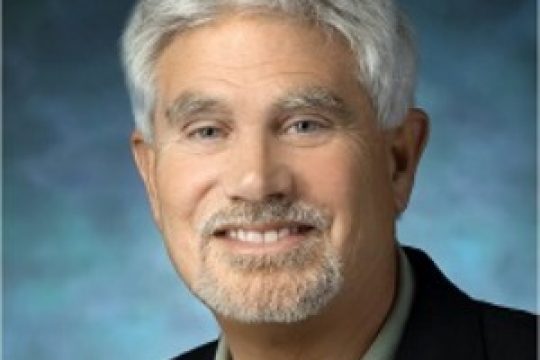The Egeblad lab studies the contributions of the tumor microenvironment – in which cancer cells arise and live – to therapy responses and metastasis. Solid tumors are abnormally organized tissues that contain not only cancer cells, but also various...
Our laboratory’s research focuses on understanding (1) how cells measure levels of available nutrients and (2) how cells adapt to changes in nutrient supply to control metabolic homeostasis. Our studies have primarily centered on changes in cholesterol and oxygen...
Background and Summary: Epithelial cells in a tissue live a crowded life connected to, and interacting with, other cell types, the extracellular matrix, and diverse signaling molecules. A fundamental question in biology is: how do the constituent cells of an...
Mechanisms of gradient sensing and chemotaxis are conserved in mammalian leukocytes and Dictyostelium amoebae. Both cells use G protein linked signaling pathways. PH domains specific for PtdIns(3,4)P2 and PtdIns(3,4,5)P3 bind to the membrane at the leading edge of the...
Research Focus Our research focuses on “synthetic cell biology” to dissect and reconstitute intricate signaling networks. In particular, we investigate positive-feedback mechanisms underlying the initiation of neutrophil chemotaxis (known as a symmetry breaking process), as well as spatio-temporally dynamic...
Chemotaxis plays a key role in immune response, wound healing, angiogenesis, and embryogenesis as well as mediating cancer metastasis. Research in Dictyostelium discoideum has shown that chemoattractants are sensed by GPCRs and rapidly trigger a complex network of signaling...
Multi-cellular living organisms grow from single cells into multicellular, complex systems composed of highly diverse cell-types organized into tissues, which in turn form organs and organ systems. To organize and maintain this complex architecture, the organism must undergo constant...
Our laboratory is interested in the molecular mechanisms and physiological roles of mitochondrial fusion. Mitochondria are highly dynamic and control their morphology by a balance of fusion and fission. The regulation of membrane fusion and fission generates a striking...
My lab studies the cellular and molecular basis of synaptic transmission and plasticity. Neuronal signaling events at synapses determine circuit responses and result in specific behavioral outputs. This signaling is dynamic – modulated by synapse activity history and perceived...
We study the structure and function of the cell nucleus, ‘mothership’ of the human genome. We seek to understand how nuclear envelope (NE) membrane proteins interact with nuclear intermediate filament (‘lamina’) networks and other partners to collectively establish, protect...










